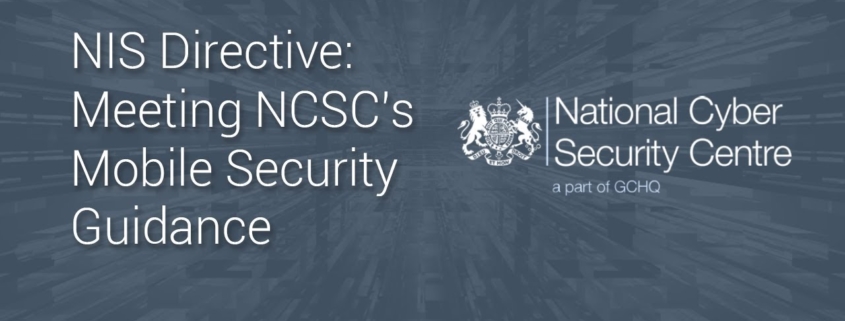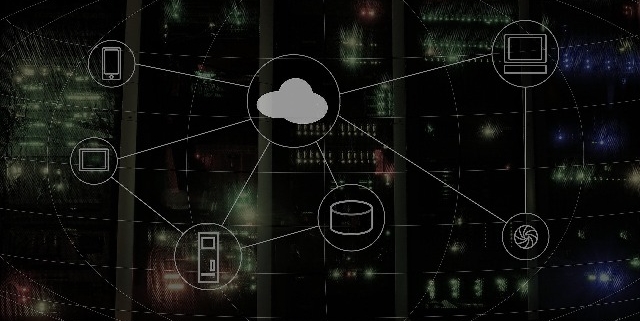Analyzing cloud security and compliance trends for 2022
By Raj Srinivasaraghavan
It has been a known fact that cloud computing has been transforming the functional dynamics of businesses around the world making complex infrastructure and application deployment tasks simple. It is also known that in the pre-pandemic stage too, most organizations around the world were hosting their IT environments on the cloud. With no upfront capital investment required and low maintenance cost, migrating to a cloud environment offered businesses the advantages of cost optimization, reduced downtime and improved resilience. By facilitating seamless runtime mobility between multiple server environments, cloud hosting also offers the benefit of lowering stress on a single server. Businesses are not required to expend precious time and resources to deploy and monitor their applications manually because cloud computing offers automatic software integration, automatic security updates and customized software services. Investing in cloud hosting has been seen as an operationally strategic and financially prudent move by business entities to facilitate application/database scalability, reduce risks and drive flexible work practices.
As businesses around the world consider migrating their critical tasks to a cloud environment, the foreseen and unforeseen security concerns and risks cannot be undermined. It is highly likely that as organizations undertake the process of migration, they could lose precious data and application files due to weak infrastructure. Data exposure and breach are already emerging as serious risk considerations as malicious hackers increasingly target cloud infrastructures to gain unauthorised access to corporate databases/applications and steal sensitive business information. This not only entails huge financial losses for business organizations but also leads to dire consequences in terms of loss of brand reputation if the stolen data is used to perform unscrupulous acts. It is often deduced that improper security settings of application infrastructure in the cloud leads to these serious data or application breaches. .
For example, by providing accidental inbound/outbound network access in an unimpeded…





